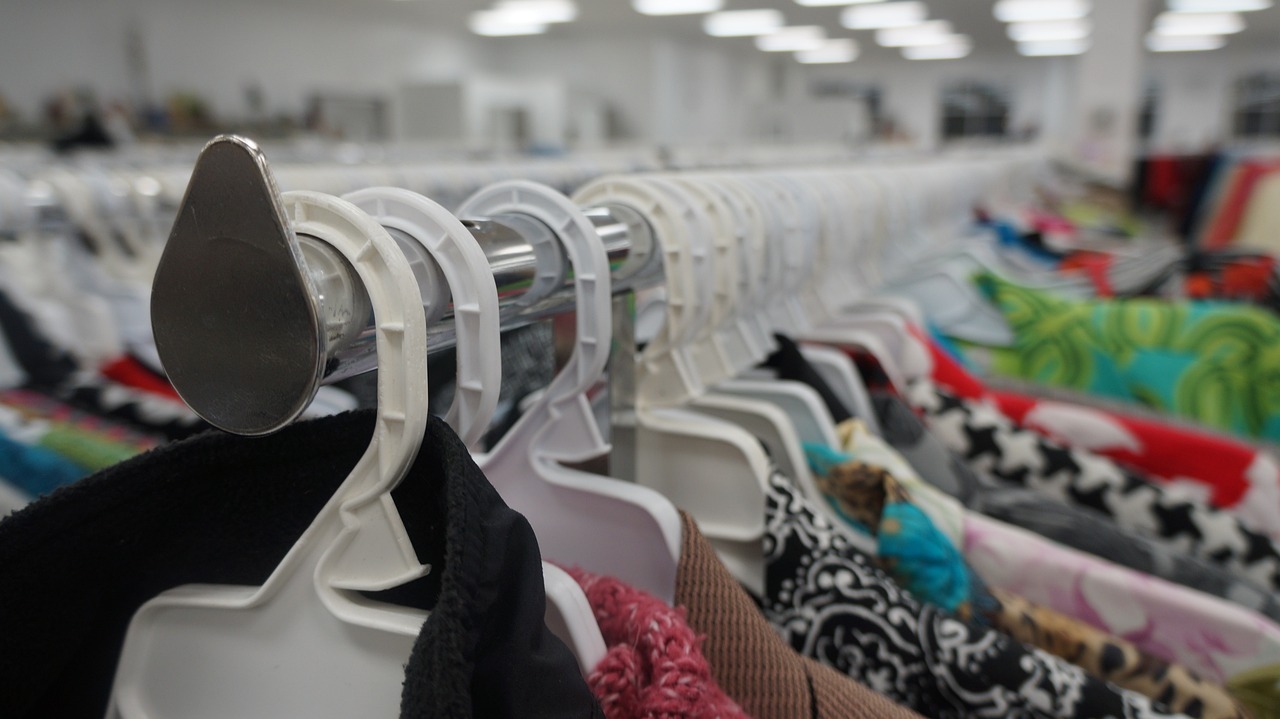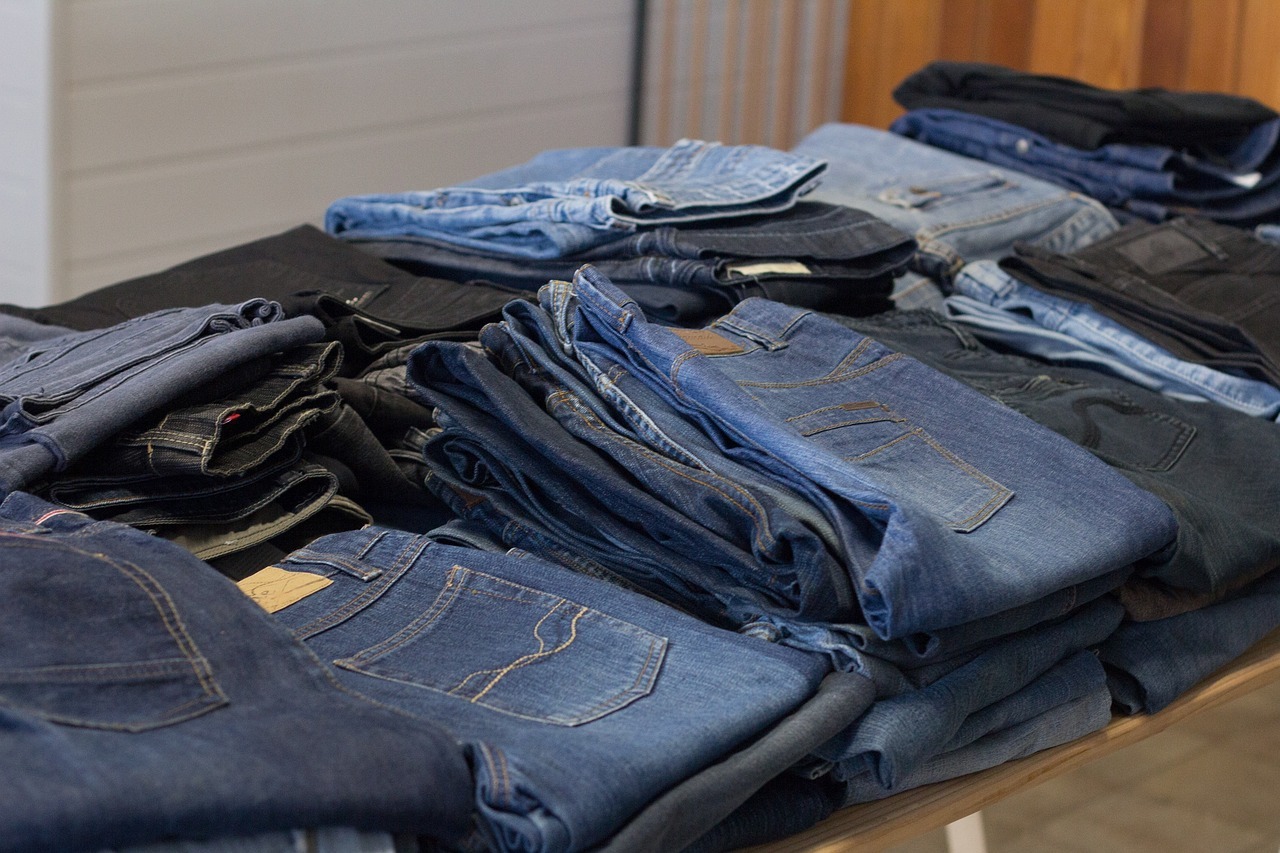In a world where fast fashion has taken center stage, there’s a growing movement towards sustainability and ethical consumption. Second-hand clothing, once relegated to thrift stores and garage sales, has now become a trendy and responsible choice for fashion-savvy individuals. But choosing and treating second-hand clothing isn’t as straightforward as strolling through a shopping mall. It requires a unique set of skills, an eye for quality, and a dash of creativity.
In this blog post, we’re about to embark on a journey that will unlock the secrets to selecting the best second-hand gems and ensuring they look and feel as good as new. Let’s dive in!
Inspect for Wear and Tear
When selecting second-hand clothing, a meticulous inspection is crucial. Examine the garment for any visible signs of wear and tear, such as fraying seams, loose threads, or holes. Pay close attention to areas that typically endure more stress, like elbows and knees.
Additionally, scrutinize the fabric for stains or discoloration, which may not always be removable. If there are zippers, buttons, or clasps, ensure they function smoothly. This initial assessment helps you gauge the garment’s condition and whether any necessary repairs or alterations are worth the investment, ensuring your second-hand pieces remain in good shape and wearable for an extended period.
Proper Cleaning and Sanitization
After acquiring second-hand clothing, the next essential step is to thoroughly clean and sanitize the items. Regardless of their prior owners, a wash or dry cleaning is vital to eliminate any lingering odors, dirt, or potential allergens. You can check this guide at TRVST.world on how to clean used shoes and thrift shop shoes to ensure they are not only fresh and clean but also safe to wear. Be sure to follow the care instructions on the garment’s label to prevent damage and preserve the fabric’s integrity.
Proper cleaning not only enhances the item’s hygiene but also ensures you can confidently wear it without concerns. It’s a simple yet effective measure to make your second-hand clothing feel fresh and ready for your personal style, contributing to a sustainable and eco-conscious wardrobe.
Check Labels and Materials
When embracing second-hand clothing, it’s important to become familiar with the labels and materials used in the garments. Begin by examining the care labels, which provide essential information about washing, drying, and maintaining the item. This ensures you don’t inadvertently damage the fabric during cleaning.
Additionally, pay attention to the materials. Natural fabrics like cotton, wool, silk, and linen tend to age gracefully, often becoming softer and more comfortable over time. Prioritizing such materials can contribute to the longevity and quality of your second-hand pieces, making them a valuable and sustainable addition to your wardrobe while reducing your environmental footprint.
Alterations and Tailoring
Don’t be discouraged if a second-hand find isn’t a perfect fit from the start. Embrace the potential for transformation through alterations and tailoring. Tailoring can breathe new life into older clothing by ensuring a customized and comfortable fit that complements your body shape. Whether it’s adjusting hems, taking in waistlines, or shortening sleeves, these alterations can revamp the garment and make it uniquely yours.
This not only enhances the aesthetic appeal but also improves the overall comfort and wearability of the piece. Embracing alterations and tailoring allows you to maximize the value of your second-hand clothing, turning them into timeless and well-fitting wardrobe staples.
Embrace Creativity and Styling
One of the joys of second-hand clothing is the opportunity for creative expression and unique styling. Mix and match these pre-loved pieces with your existing wardrobe to create a distinctive and personal style. Don’t be afraid to experiment with layering, accessories, and color combinations.
Often, second-hand finds offer styles that are no longer available in stores, allowing you to stand out with a one-of-a-kind look. By infusing your personality into these garments, you not only reduce fashion waste but also contribute to a more sustainable and eco-conscious approach to fashion, all while showcasing your creativity and individuality through your clothing choices.
Support Sustainable Brands and Thrift Stores
When shopping for second-hand clothing, consider where you source your items. Thrift stores and sustainable brands that offer second-hand collections are excellent choices. Thrift stores often provide a diverse selection of pre-loved clothing, reducing the demand for new manufacturing and promoting recycling in the fashion industry.
Sustainable brands, on the other hand, prioritize ethical production and eco-friendly practices, aligning with the principles of conscious consumerism. By supporting these outlets, you not only expand your sustainable wardrobe but also contribute to a circular fashion economy. Your choices can reduce the environmental impact of the fashion industry and encourage more responsible consumption habits.
Choosing and treating second-hand clothing is not just a practical choice but a sustainable and eco-conscious one. By inspecting, cleaning, and tailoring these pieces, we can extend their lifespan and reduce fashion waste. Embracing creativity and styling allows for unique self-expression, while supporting sustainable brands and thrift stores promotes a more responsible and environmentally friendly approach to fashion. Ultimately, second-hand clothing not only benefits your wardrobe but also contributes to a more sustainable and circular fashion ecosystem, reducing the industry’s impact on the planet.


